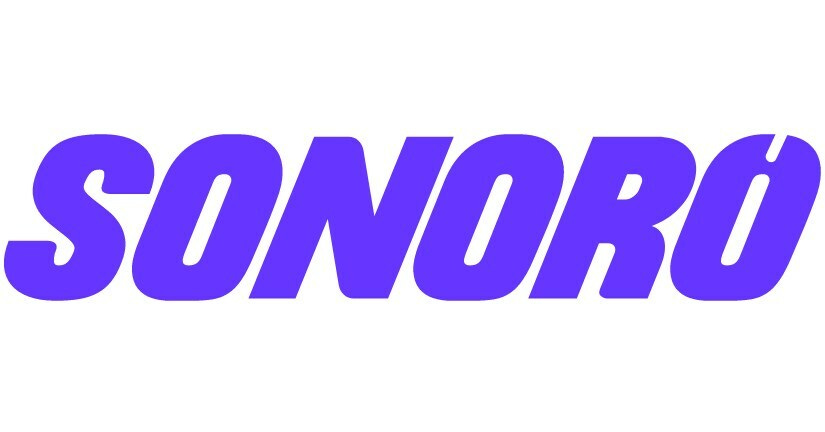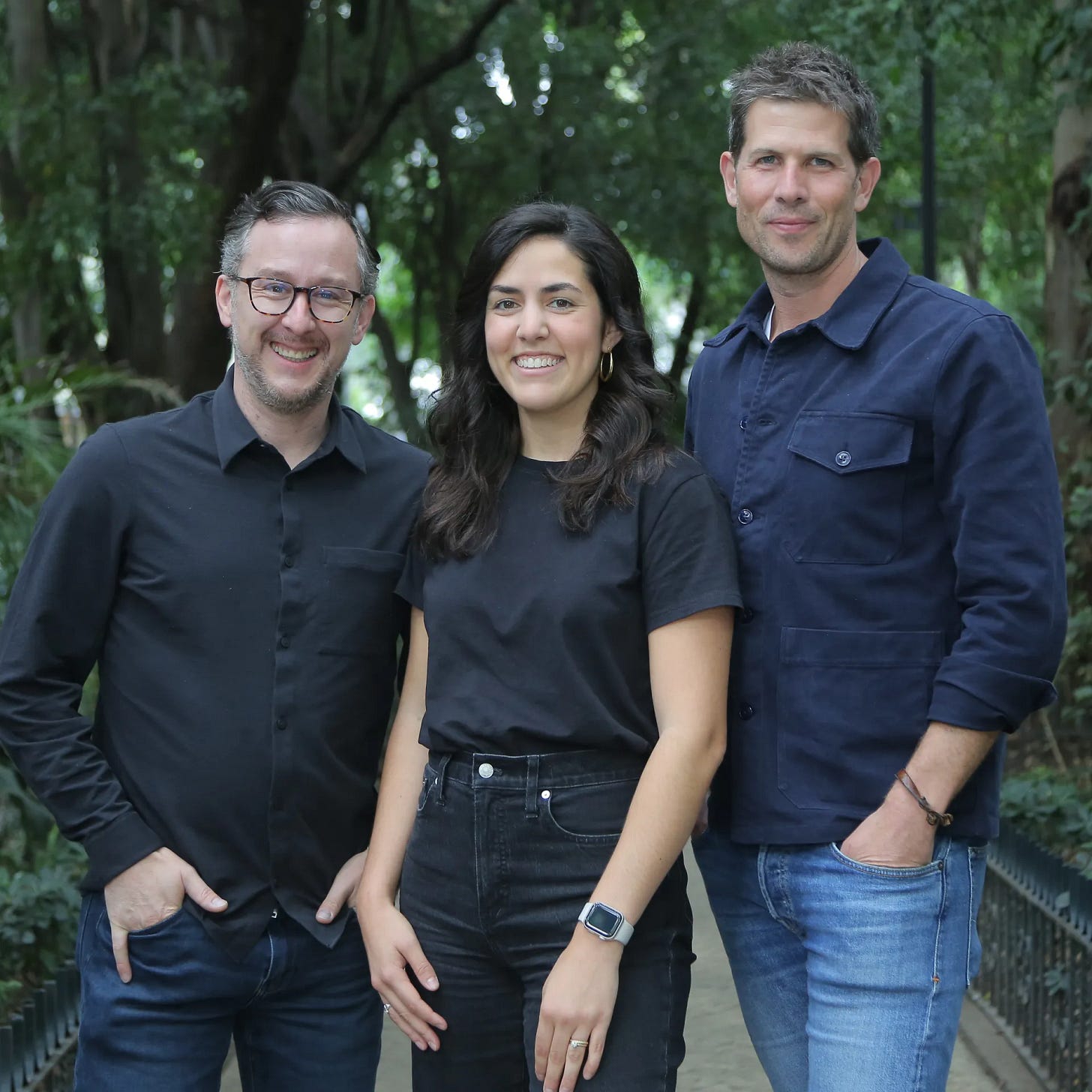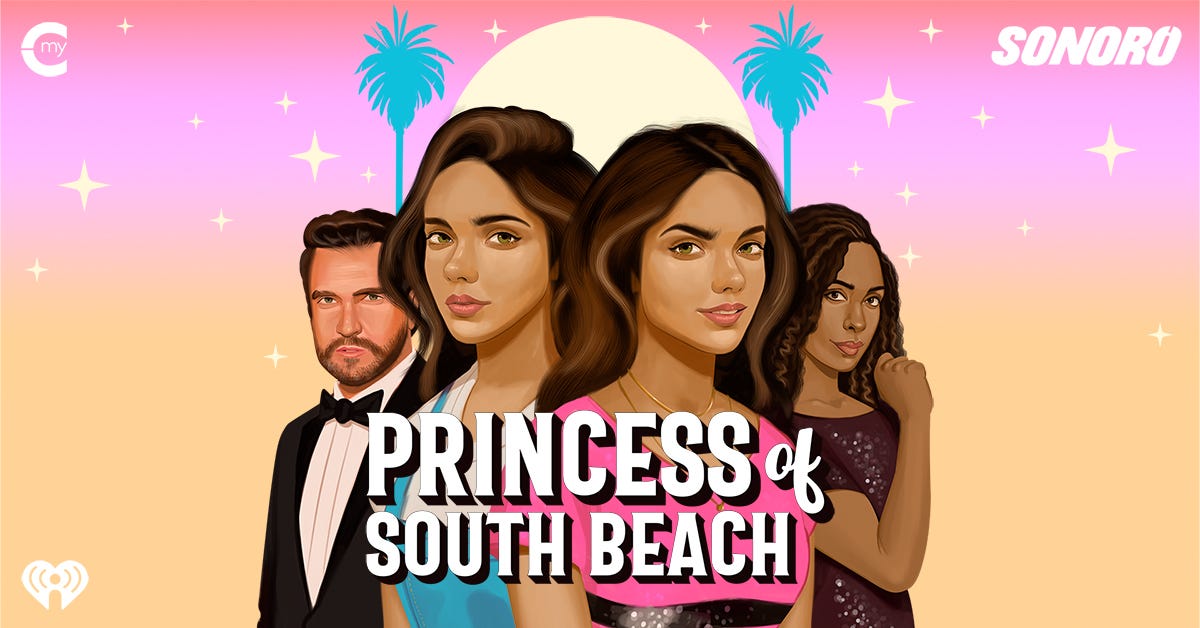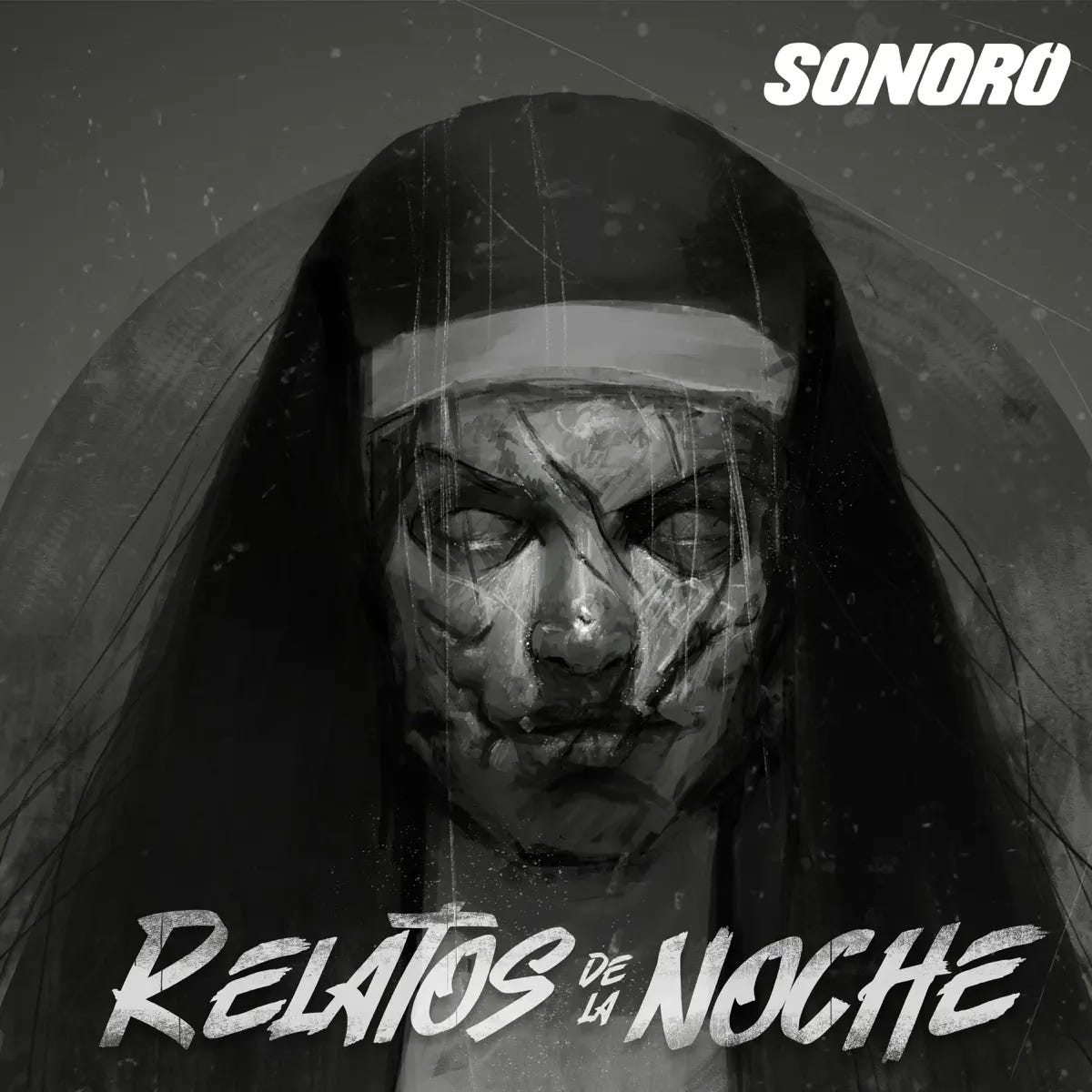Let’s start with a slightly wonky assumption: podcasting feels like traditional media—but it’s technically not.
It’s distributed digitally so that makes it new media. But unlike TikTok or Instagram, most podcast platforms aren’t wired for community. There’s no algorithm nudging virality, no comment section fueling engagement, no stitched reactions or remix culture.
It’s media—but it’s missing the connective tissue that powers real digital scale.
But it can be a launchpad—if you design it for liftoff, not legacy.
That’s why Sonoro is such an interesting test case. Built like a traditional podcast network, they looked a lot like what came before: show pitches, licensing deals, a focus on IP. But somewhere along the way, they stealth pivoted. Without losing the spine of a “real” media business, Sonoro morphed into a creator-first machine. And they did it the smart way—intentionally, but organically.
This is exactly why legacy players need to pay attention—because Sonoro isn’t just an outlier, it’s a blueprint. A roadmap for how legacy execs, traditional production companies, and producers can see a path to the new era of content.
Don’t produce podcasts? You’re missing the point. It’s not the format—it’s the mindset.
Because neither does Sonoro.
Huh? Read on.
What Is Sonoro?
Founded in 2020 by Josh Weinstein, Sonoro was built on a sharp insight: U.S. Hispanic and global Spanish-speaking audiences were deeply underserved.
He backed up his vision with two strategic partners who made it scalable—Geronimo Ávila, a pioneer in digital marketing who helped launch Spotify in LatAm and has advised global brands like Coca-Cola, Home Depot, Telcel, and BBVA, and Camila Victoriano, a Chilean-Peruvian millennial from Miami, a Harvard literature grad, and a lifelong content consumer who instinctively understands creators from the inside out.
What started as a hunch quickly became something bigger—a company positioned at exactly the right place, at exactly the right time.
According to Podtrac, Sonoro is the #4 podcasting company in the world, clocking 100 million monthly downloads. They have 300 creators, 250MM social reach + have delivered 2B podcast downloads to date.
They operate like a media company—but the secret sauce is how they’ve embraced the creator economy without trying to imitate TikTok or YouTube.
They’ve carved their own lane, and it’s working.
The Origin Story: Quality and IP
From day one, Sonoro operated on a few clear beliefs.
First: Quality matters. Full stop. They weren’t chasing trends or churning out volume. They invested in voice, originality, and cultural specificity. The bet was simple: build something excellent and people will listen. Build something authentic and they’ll stick around.
Second: IP isn’t a byproduct—it’s the product. Sonoro didn’t see podcasts as endpoints; they saw them as launchpads. Every show was a seed—ready to grow into a series, a film, or a brand.
Third: Made in Mexico for the world. They built in Mexico to control costs—but more importantly, because they believed in the talent. They weren’t outsourcing. They were building a base of operations with people who could run the business at a high level.
That foundation worked. The company grew fast. But growth isn’t scale. The real question became: how do you create the network effect necessary to sustain a digital media business?
Three Forces Drove Their Evolution
1. Podcasting is Naturally Creator-First
The best podcasts are built around voice—literal and figurative. It’s personal. It builds community fast. And Sonoro leaned into that: launching merch, creating video versions, doing live events, letting shows grow into brands. This wasn’t slapping a camera on a podcast—it was reverse-engineering a creator ecosystem from audio-first IP.
2. The Creator Economy Became the Economy
Raising money for media used to mean building a content library. Now? Investors want communities, distribution hacks, and monetizable superfans. Sonoro adapted—not by chasing trends, but by realizing they were sitting on creators, not just content.
3. 2024 Was Podcasting’s Coming-Out Party
Between politics, culture, and commerce, this was the year podcasts stopped being a side hustle and started being the main dish. LatAm exploded. U.S. Hispanics became the fastest-growing demo in podcasting. And Sonoro was right in the middle of it.
The Market Opportunity
LatAm now has more podcast listeners than the U.S., led by Mexico and Brazil. That growth isn't slowing.
U.S. Hispanic podcast consumption is growing 4x faster than the general population—and with $2.8 trillion in purchasing power, they’re not just listening, they’re buying.
Video dominates in the region. YouTube isn’t just a supplement—it’s the platform.
Building the Flywheel: Sonoro’s Creator Ecosystem
Sonoro’s creator ecosystem now delivers more than 300 million social impressions per month—and it’s not by accident. Their Creator Services team works hand-in-hand with talent to develop, produce, distribute, and monetize a full range of offerings.
Unlike most traditional media companies, Sonoro builds in-house—managing creative development, physical production, distribution, and brand partnerships directly. It’s media company as a service—with creators at the center.
Here’s how that ecosystem is already spinning:
Immersive Experiences
Sonoro extends stories into the real world—designing live, physical experiences that deepen fan engagement.
Seis de Copas: Produced a WhatsApp-sponsored live experience for superfans as part of their 10-city tour, delivering hundreds of millions of brand impressions.
Leyendas Legendarias: Created Desmuertos, a next-level Halloween immersive experience, drawing over 10,000 attendees in collaboration with their hit show.
Consumer Products
Turning fandom into physical products—and new revenue streams.
Leyendas Legendarias: Launched Trivia Legendaria, an original board game that extends podcast fandom into the living room.
Publishing
Translating storytelling power into books, graphic novels, and IP extensions.
Uriel Reyes: Partnered with top creator Uriel Reyes to release El Crucifijo de Padre Lucas, a graphic novel growing out of his audio work with Sonoro.
Cuentos Increíbles: Developed a series of children’s books based on the hit podcast franchise.
Live Events
Touring, meetups, live podcasts—turning audiences into ticket buyers.
Franco Escamilla: Produced Live in Chicago event, expanding beyond podcast-native talent.
Noche de Chicxs: Launched a touring live show tied to the Noche de Chicxs podcast brand.
Sonoro isn’t just making podcasts. They’re building IP ecosystems—layering storytelling across live experiences, consumer products, publishing, and brand collaborations.
The playbook is simple:
Own the idea.
Own the audience.
Extend the world.
And that’s how you turn a creator-first model into a flywheel.
And of course, Sonoro is also leaning into branded entertainment—working directly with brands to build podcasts, live events, and experiential activations. It’s not just a revenue stream for the company; it’s a revenue engine for the creators they tap into these campaigns, giving talent new ways to monetize their voice, grow their reach, and build long-term brand equity.
How Sonoro Is Built: The Org Chart That Powers the Pivot
One reason Sonoro transitioned so smoothly from media company to creator company? They built the team for it.
At the top, the company splits into two core divisions:
1. Creative Services
Focused on developing great content—and making sure audiences actually find it. Creative Services is divided into two groups:
Creator Services: Works directly with talent on creative development, audience growth, show production, and branded content.
Content Services: Oversees show development, audio and visual production, design, and marketing strategy.
2. Business Services
Focused on making the creative scalable and monetizable. Business Services includes:
Commercialization: Handles monetization strategy, brand partnerships, experiential activations, and social media operations.
Operations: Manages finance, advertising operations, and commerce infrastructure (merch, payments, and more).
Seventy percent of the team is in Mexico, with the other 30% spread across Los Angeles, New York, and Miami. That footprint isn’t just practical—it reflects Sonoro’s bilingual, bicultural DNA.
Why Sonoro’s Org Chart Actually Matters
1. It’s Built for Speed and Flexibility
By splitting into two clear engines—Creative and Business Services—Sonoro avoids the bureaucratic sprawl that drags traditional media down. Creative teams can move quickly to develop shows, while business teams plug in monetization without jamming up the process.
2. It Treats Creators Like Partners, Not Product
A dedicated Creator Services team focuses entirely on creative growth and audience development. That team sits beside, not beneath, content development. It signals that creators are the business.
3. It Connects the Creative to the Commercial
Development and monetization live in the same org chart. The commercialization team works hand-in-hand with content and creators, making real-time brand integrations possible.
4. It Reflects the Market They Serve
With most of the team in Mexico and outposts in major U.S. markets, the structure mirrors their audience. It’s why their shows feel culturally fluent, not forced.
5. It’s Designed to Scale Creators, Not Just Shows
Sonoro isn’t just trying to make more podcasts. They’re building franchises—scaling creators, not just content drops.
Why Legacy Media Should Really Pay Attention
Just this week, I sat down with a sharp former studio exec who’s now building in the digital world. Like me, he sees the white space between legacy media and social media—and he’s rushing into it.
He’s pairing IP with creators, bringing in established talent to ensure quality, and financing shows through FAST channels, AVOD services, and brand partnerships. It made me think about Sonoro.
Because here’s the question: can you really scale a digital media business using the same tools legacy used—packaging, pitching, selling up? Or do you need to rethink it from the ground up?
Sonoro didn’t just pivot. They stacked models. They started with a cheap, accessible format—podcasts—and built a scalable system that turned creators into franchises.
They didn’t wait for creators to go viral and then chase them. They created the conditions for growth inside their own walls. They have the potential to keep growing. To keep offering more services and monetizing them. Before you know it, Sonoro will just be a 360 studio and podcasting will just be one point of entry for creators.
And maybe that’s the real lesson. Digital content doesn’t have the budgets of TV or film.
To survive, it has to be cheap. To thrive, it has to scale.
So the question for anyone still operating with a legacy mindset is this: can you build scale without abandoning quality? Can you create infrastructure for creators, not just around them?
There’s no one-size-fits-all answer.
But one thing’s clear—there’s already a class system emerging. The top-tier creators? They can fund their own empires. But there’s a vast and powerful middle class—the ones who need a Sonoro. A back office. A business partner. A producing engine.







